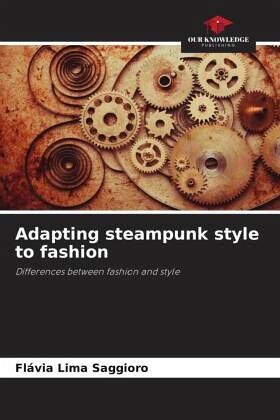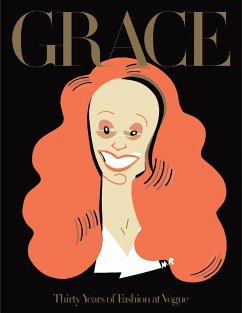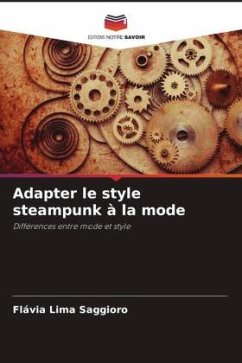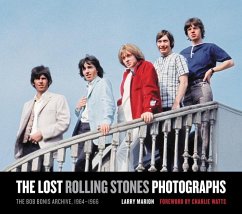
Adapting steampunk style to fashion
Differences between fashion and style
Versandkostenfrei!
Versandfertig in 6-10 Tagen
27,99 €
inkl. MwSt.

PAYBACK Punkte
14 °P sammeln!
Fashion was born during the Renaissance, when people began to wear clothes not only as a form of protection or political or religious symbolism, but also as a way of differentiating themselves from others. At that time, with the rise of the bourgeoisie, the latter sought to copy the costumes of the nobility in order to integrate into that social stratum, while the nobility sought ways to differentiate themselves from the lower class. At this point began the cycle of invention and copying that characterises fashion to this day. The need to identify with specific people led to the creation of st...
Fashion was born during the Renaissance, when people began to wear clothes not only as a form of protection or political or religious symbolism, but also as a way of differentiating themselves from others. At that time, with the rise of the bourgeoisie, the latter sought to copy the costumes of the nobility in order to integrate into that social stratum, while the nobility sought ways to differentiate themselves from the lower class. At this point began the cycle of invention and copying that characterises fashion to this day. The need to identify with specific people led to the creation of styles, which aim both to express oneself and to fit into a group that one admires. The steampunk style derives from the science fiction subgenre of steampunk, which began in literature in 1987. The purpose of steampunk is to create stories set in the 19th century, focusing on the steam technology developed during the Industrial Revolution, generally in the Victorian era (1837-1901), when thistechnology reached its peak. The style has spread and today involves many different areas, especially in the arts and design.












